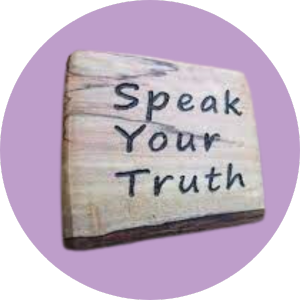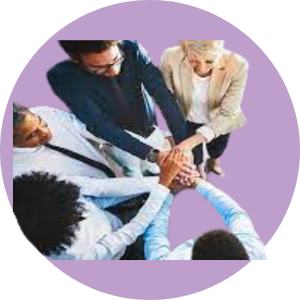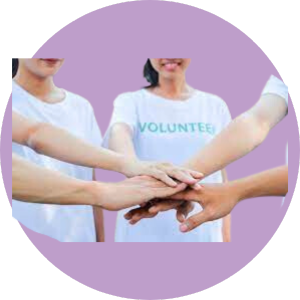By Sunny Lim
The Asian Pacific Institute on Gender-Based Violence reported 21 to 55 percent of Asian and Pacific Islander women living in the United States suffered physical and/or sexual violence during their lifetime.
Other statistics regarding domestic violence and sexual assault included:
- 18 percent of Asian and Pacific Islander women reported rape, physical violence, and/or stalking by a romantic partner in The National Intimate Partner and Sexual Violence Survey (NISVS): 2010-2012,
- A 2008 survey of 1,577 Asian Americans showed spousal/partner abuse prevalence rates of six ethnic groups: 22.4 percent (Vietnamese), 21.8 percent (Filipino), 19.5 percent (Indian and Korean), 9.7 percent (Japanese and Chinese),
- More than 20 percent of Asian and Pacific Islander women had reported rape or attempted rape (NISVS),
- ATASK: Asian Family Violence Report (2000) interviewed Asian American families living in the Boston and Lowell areas of Massachusetts — 30 percent of Koreans, 28 percent of Cambodians, 27 percent of Vietnamese, 18 percent of Chinese, and 8 percent of South Asians witnessed their fathers regularly hit their mothers.
Immigration
Asian and Pacific Islander communities are one of the largest and fastest-growing demographics in the United States. They also have a long-standing history of immigration with the U.S. From census data covering 2010 through 2017, 41 percent of immigrants arrived from Asia.
However, many Asian American victims are still vulnerable to their citizenship status being used against them. This is a large barrier since the abuser will threaten the victim with deportation or taking the children away from them because of their status. The abuser might try to prevent the victim from applying for citizenship
Monolingual agencies and caseworkers
An increasing number of domestic violence agencies and hotlines are receiving more calls from Asian victims requesting Vietnamese, Japanese, Thai, Hmong, Korean, and Tagalog speakers. Because shelters lack caseworkers and documents in these languages, it discourages victims from calling.
However, various members of Asian communities have responded to that need by opening domestic violence shelters specifically for Asian victims in order to fill the cultural and language gap along with providing culturally competent care, notably the New York Asian Women’s Center (NYAWC) and the Center for the Pacific Asian Family (CPAF). In 1982, a small group of Asian volunteers started the New York Asian Women’s Center, and Nilda Rimonte, a Filipina American, started the Center for the Pacific Asian Family in 1981 after finding no shelters that could offer help to immigrant Asian or Pacific Islander women.
Community and extended family
Saving face is a major social value in most Asian cultures about avoiding humiliation or embarrassment to preserve one’s reputation in the community. A common example of saving face would be to not make a scene regardless of your anger.
Extended relatives and even friends tend to encourage Asian victims to not speak about the abuse because of the shame that’s brought upon the family. If the abuse is known by the rest of the community, then family members see it as being demoted to a lower rank because now the community looks down upon them for losing face. Saving face directs the shame that should be toward the abuser to the victim.
Religion
Although Christianity and Catholicism aren’t the major religions for most Asian groups, it is a major religion for Filipino and Korean communities. After arriving as new immigrants, the church became a surrogate family for these communities. Beyond the religious significance, the church not only provides comfort for immigrants by maintaining language and cultural traditions, but they also provide social services to them such as helping them network, providing jobs, English classes, and food.
Community outreach
Because of language difficulties and lack of information, many Asian victims are not aware that there is financial and housing help along with citizenship assistance. More shelters are creating flyers and holding meetings in local schools and other gatherings to spread information about what help is available for domestic violence victims and also translate it into various Asian languages.
If you or someone you know is in an abusive relationship, there is help. You can visit the Break the Silence website at www.breakthesilencedv.org or chat with one of our helpline advocates at 855-287-1777.









